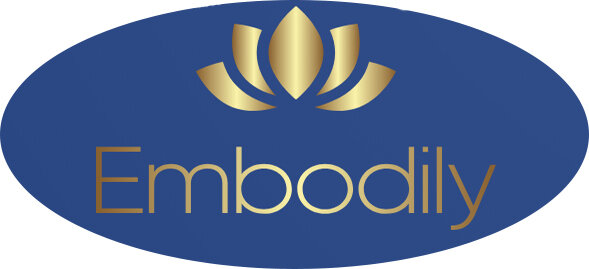Cardiovascular Training
Cardiovascular training is important for improving health. Just looking at the physiologic changes that occur in our cardiorespiratory system during exercise are evidence that the benefits are large: increases in heart size and volume, VO2max (amount of oxygen consumption at maximal capacity), lung volume, cardiac output, stroke volume and blood volume. ‘Cardio’ causes your resting heart rate to decrease and can even lower your blood pressure, not to mention how it can help improve your good cholesterol (HDL) and lower your bad (LDL) while increasing your strength and helping you shed excess weight and fat. Cardiovascular training comes in many forms: from running to swimming to dancing.
I think you should begin cardiovascular training. I am preferential to dance, through Zumba (Latin Dance Fitness Aerobics). However, the most important thing for you to do is begin moving. Start getting energized and get your blood flowing. Zumba can be thought of as a form of interval training because it requires short duration bursts of energy (for example, a 3 minute high intensity choreography) with then a rest break for catching your breath or grabbing water. Cardio intervals can also be done by sprinting up a hill or stairs for X amount of time and then walking for X time before repeating.
Gosselin measured the responses from high intensity aerobic workloads in young adults responding to different intervals. The work-to-rest-ratio varied over 5 different interval protocols to be measured. The 90/30 (work/active rest in seconds) aerobic interval training protocol produced the best results in terms of a high VO2, HR (heart rate) and RPE (rate of perceived exertion). The caloric expenditure was highest in the moderate intervals of 30/30 and 60/60. This study found that interval aerobic training is comparable to steady state exercise and that the responses to interval training depend on the work-to-rest-ratio. Interval training takes less time to complete yet can accomplish the same results with cardiorespiratory training.
After learning that your exercise duration could be shortened thanks to the research shown by Gosselin you will surely want to begin interval training. Start by first figuring out where you want to exercise, and the modality you want to use (the exercise you do will be what you improve in, so if you have a goal to be able to bike to work for example, you may want to utilize that training modality in your high intensity training). Do you want to go to a gym, to a track, to a stairwell? Then buy a stopwatch so that you can time and measure yourself. Start by taking your heart rate at rest for 1 minute after sitting for 5 minutes. Let’s say you got 60 beats per minute. Now calculate your max HR (220-your age). You got 198? Great! Now you have a range (give or take 10-15 bpm) of what your highest HR should be. Time to remember your math skills: if you want to sprint at 50% of your HR max you divide your HRmax in 2 and get 99bpm. So if you are working at 80% of your HR you would be at ~158bpm. Now you have your goal: you want to sprint up the stairs getting your HR at around 158 after your sprint and then while you walk you want your HR to lower to 99 before you do another sprint. You can play with your intervals (say sprint stairs for 60 sec, walk for 30 sec). Go out and improve your cardiorespiratory fitness now with interval training!
After cardiovascular training for as little as a few weeks, you should see improvements in your endurance, your ability to keep breathing while exerting, and very likely in your clothing size!
Gosselin, L. E., Kozlowski, K. F., Devinney-Boymel, L., & Hambridge, C. (2010). Metabolic and Cardiovascular Response of Different High Intensity Aerobic Interval Exercise Protocols. [Meeting Abstract].Medicine and Science in Sports and Exercise, 42(5), 139-139. Retrieved from doi:10.1519/JSC.0b013e318241e13d
